Anusha Arumugam, September 18, 2013.
 It is naïve to think that the Ops Cantas Khas, initiated on 17 August 2013 would be the solution to Malaysia’s increasing incidents of crime and growing number of gangsters. This pernicious situation cannot be superficially addressed via police aggression and the incarceration of gangsters from the now exposed 49 secret societies, numbering to some 40, 000 individuals.
It is naïve to think that the Ops Cantas Khas, initiated on 17 August 2013 would be the solution to Malaysia’s increasing incidents of crime and growing number of gangsters. This pernicious situation cannot be superficially addressed via police aggression and the incarceration of gangsters from the now exposed 49 secret societies, numbering to some 40, 000 individuals.
The media has quoted Prime Minister Najib Tun Razak, Home Minister Zaid Hamidi and Inspector-General of Police Khalid Abu Bakar to have acknowledged the operation’s progress of detaining over 2, 000 suspects as of satisfactory standards and to have vowed to keep the operation continuous and relentless. Meanwhile, interviews conducted by local dailies indicate that the general public seems pacified with these turn of events. These notions are understandable but misplaced.
Prima facie, crimes may be temporarily reduced but the roots of this deeply embedded dilemma would remain unaddressed, should more in-depth measures linked to public polices remain unchanged. The causes of such crimes are fundamentally attributed to poverty and widening inequality.
Nobel laureate Amartya Sen, in his article “Poverty, Evil and Crime” states that poverty makes a person outraged and desperate, instilling a sense of injustice within himself.. This then forms a good ground for rebellion – even bloody rebellion. Thus it is not out of the ordinary to find that in most organized crimes, the poor and oppressed are drawn in and harvested for the purposes of the commission of crimes.
For over 40 years Malaysia has aggressively engaged itself in numerous poverty eradication programmes through the implementation of the New Economic Policies (NEP). The NEP’s objective was to eradicate poverty irrespective of race and to execute economic restructuring with the aim of eliminating ethnic identification on the basis of economic inequalities.
 However, these conscious and concerted efforts were made primarily to address the plight of the Malays and the Bumiputeras while the other races were neglected. The NEP’s policies were politically used and abused for the dominance of Malay political power. It had then transcended into becoming a tool for the Malays and Bumiputeras for an easy access to education, wealth distribution, employment, housing and social safety net.
However, these conscious and concerted efforts were made primarily to address the plight of the Malays and the Bumiputeras while the other races were neglected. The NEP’s policies were politically used and abused for the dominance of Malay political power. It had then transcended into becoming a tool for the Malays and Bumiputeras for an easy access to education, wealth distribution, employment, housing and social safety net.
This skewed and unabated implementation culminated in the distortion of social structures and desisting it became impossible.. Consequently, this caused the structural marginalization of the Indian poor in the mainstream development of the nation as a whole.
Borrowing a point from S. Nagarajan’s research paper entitled “The Case of Low Income Malaysian Indians”, it is stated that studies in developed countries have shown a link between crime and inequality and indicated that groups or gangs engaged in unlawful activities are more likely to form in situations where the chances of achieving success legitimately are small in circumstances of affluence.
Fast developing Malaysia is getting into the above trap. This is mirrored in the Home Ministry’s current statistics which disclosed that the majority of the gangsters are Indians (28, 926), followed by Chinese (8, 214), Malays (1, 923), Sarawakians ( 921) and Sabahans (329). The Indians are exceptionally over represented and this should come as no surprise, considering the following findings as reported by S. Nagarajan:
a.) The Indians have the lowest life expectancy and comprise the largest group of suicide victims recorded annually nationwide. There were 21.1 suicides per 100,000 Indians, 8.6 per 100,000 Chinese and 2.6 per 100,000 Malays. In 2005, of the 703 suspected criminals held at the Simpang Renggam Rehabilitation Centre under Emergency Ordinance, 377 or 54 per cent were Indians.
b.) More than 30 per cent of Indians do not own a house compared to the national average of 25.2 per cent for Malays and 17.6 per cent for Chinese. Indians collectively own only 1.3 per cent of equity in listed companies; this figure has remained stagnant for years.
c.) In 1966, out of the 202,250 Indians employed, 137,150 (68%) of them were plantation workers and 48,850 (24%) were occupying the lower rung of the civil service, mainly as menial workers in the railways and government. The Indian labour which peaked to 163,577 in rubber plantations in the year 1979 declined to 13,366 in May 2004.
d.) Consequently, from the year 1980 to 2000 an estimated 300,000 Indian plantation labour were displaced from the plantations due to crop conversion from rubber to palm oil and due to the real estate property development of plantation land.
 The government is well aware of these data and its obvious failure to address these Indian predicaments amount to nothing less than outright indifference, be it intentional or otherwise. What more, the ethnic representation in the government is too deplorable to demand effective and radical corrective measures for the Indians. At this juncture, the implementation of a need-based policy frame work is critical to narrow the gap between the rich and the poor. However, it is unfortunate that the government is once again shooting itself in the foot by bolstering the Bumiputera agenda via the recent proposal announcements as featured in the dailies. This wedge is politically driven to further divide and polarize the populace on ethnic lines.
The government is well aware of these data and its obvious failure to address these Indian predicaments amount to nothing less than outright indifference, be it intentional or otherwise. What more, the ethnic representation in the government is too deplorable to demand effective and radical corrective measures for the Indians. At this juncture, the implementation of a need-based policy frame work is critical to narrow the gap between the rich and the poor. However, it is unfortunate that the government is once again shooting itself in the foot by bolstering the Bumiputera agenda via the recent proposal announcements as featured in the dailies. This wedge is politically driven to further divide and polarize the populace on ethnic lines.
For an alarmingly disproportionate number of criminals to originate from the ethnic Indian community, one cannot but trace this to the government-induced ‘structural marginalization’ that impoverishes and oppresses the Indian poor. Thus, in attempting to salvage this deteriorating quandary, the government is in dire need of political will to restructure the ethnic based government policies instead of spending much resource on security measures and the building of prisons.


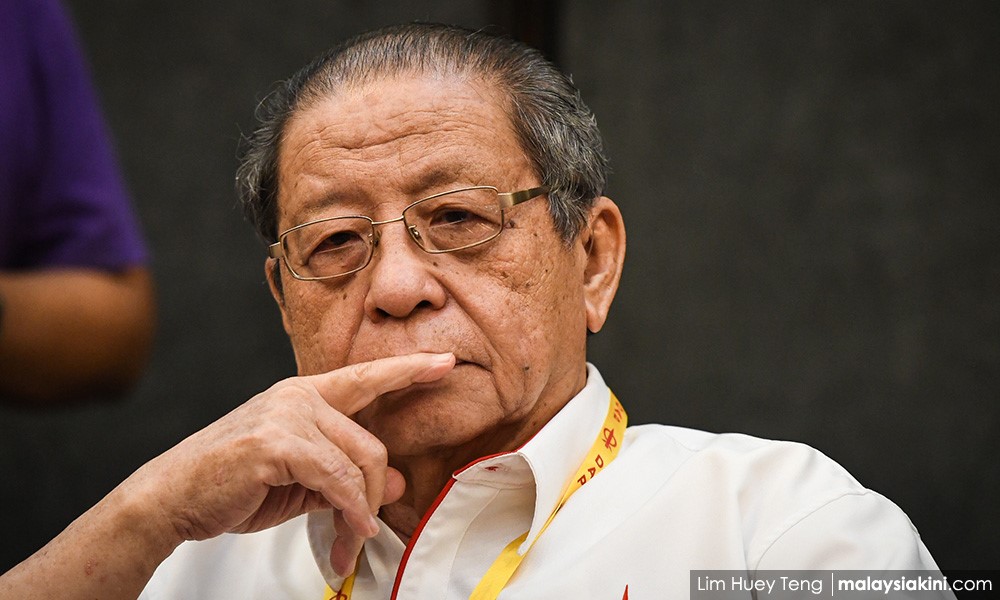

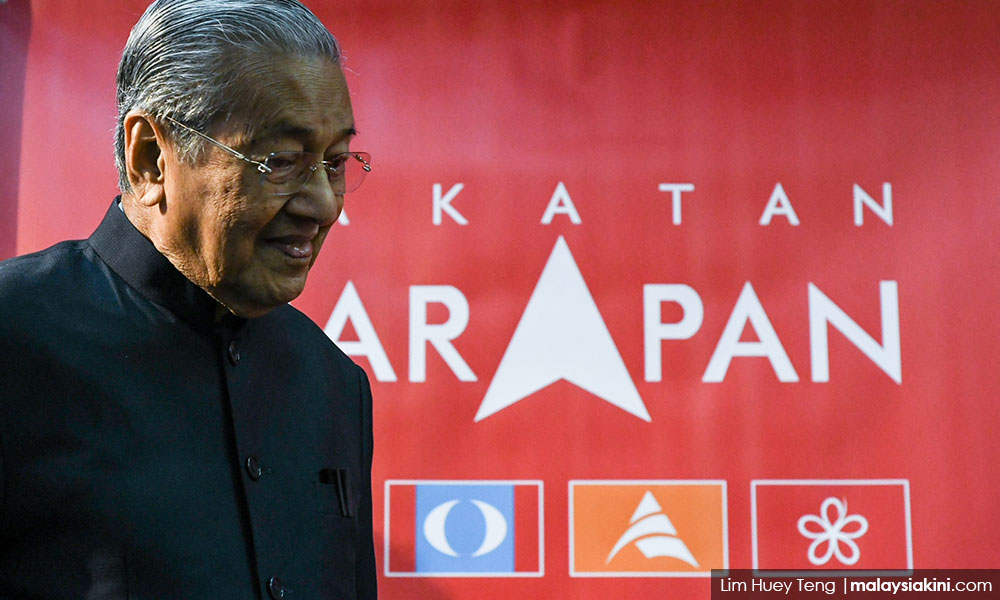
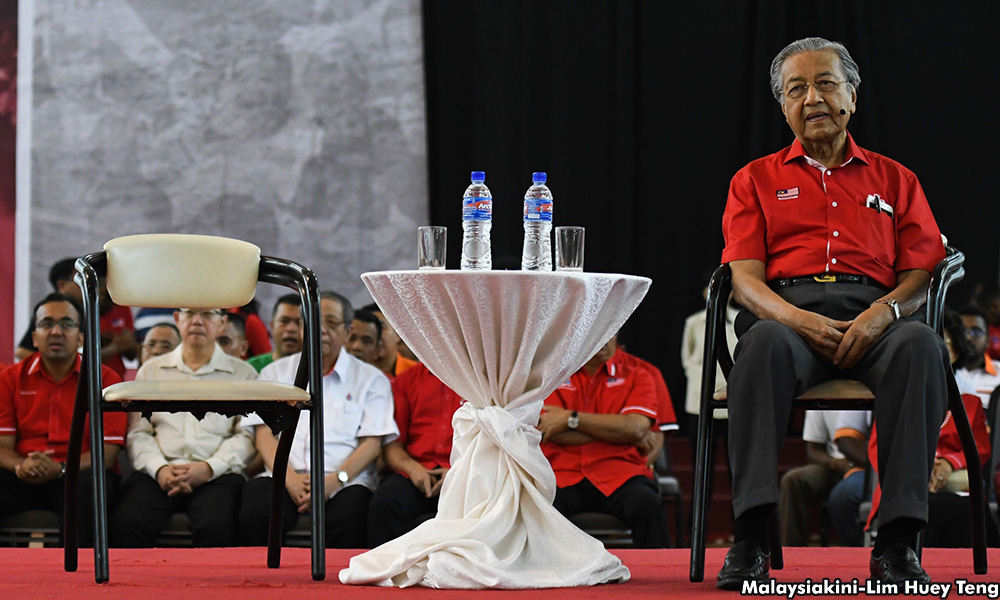
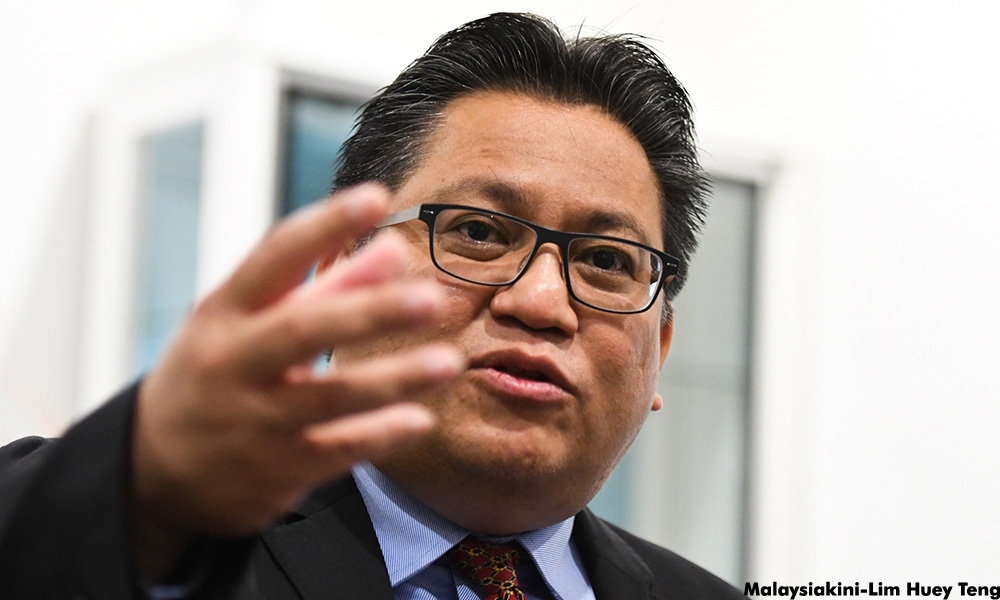
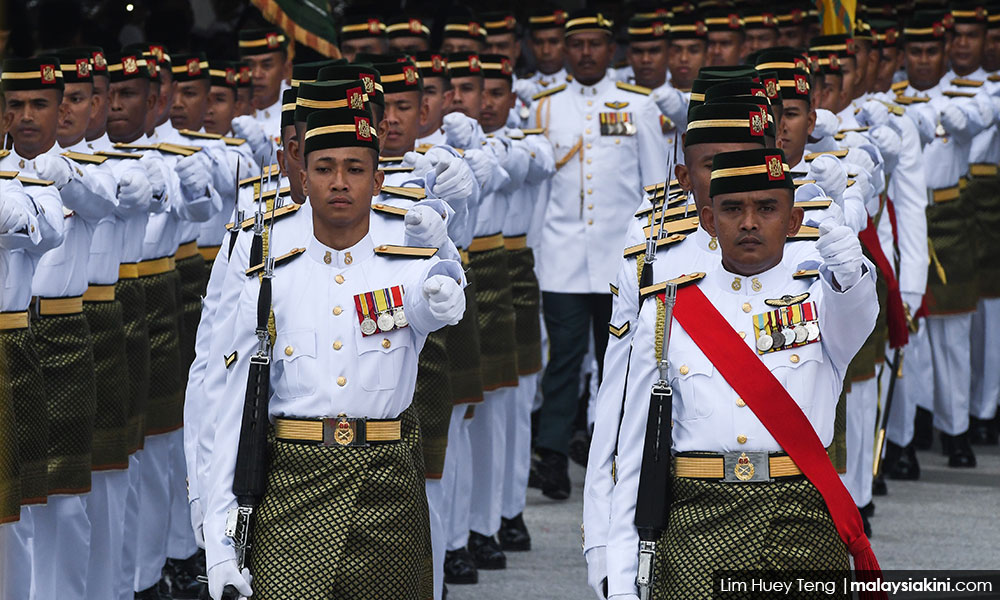
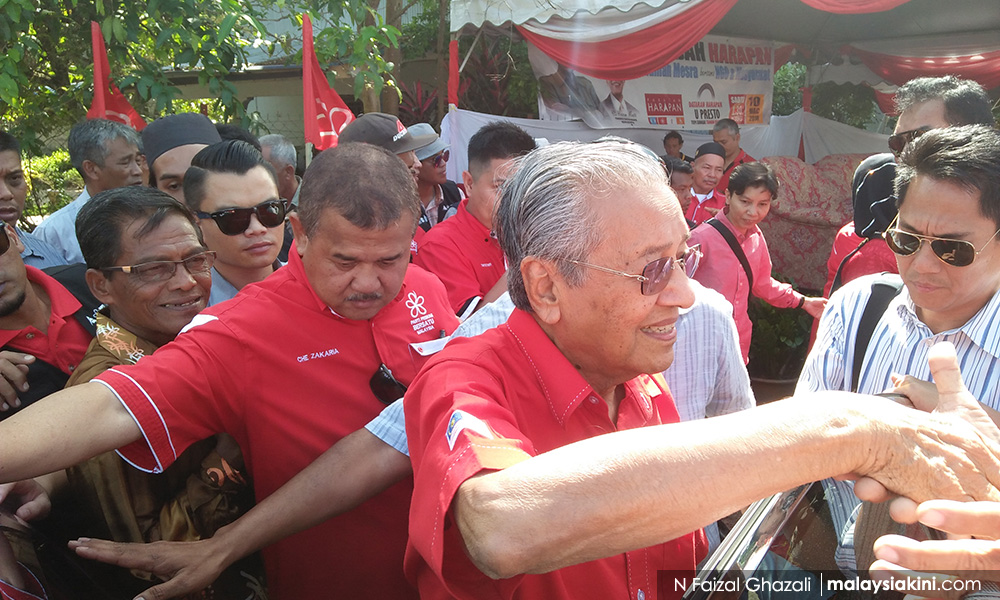
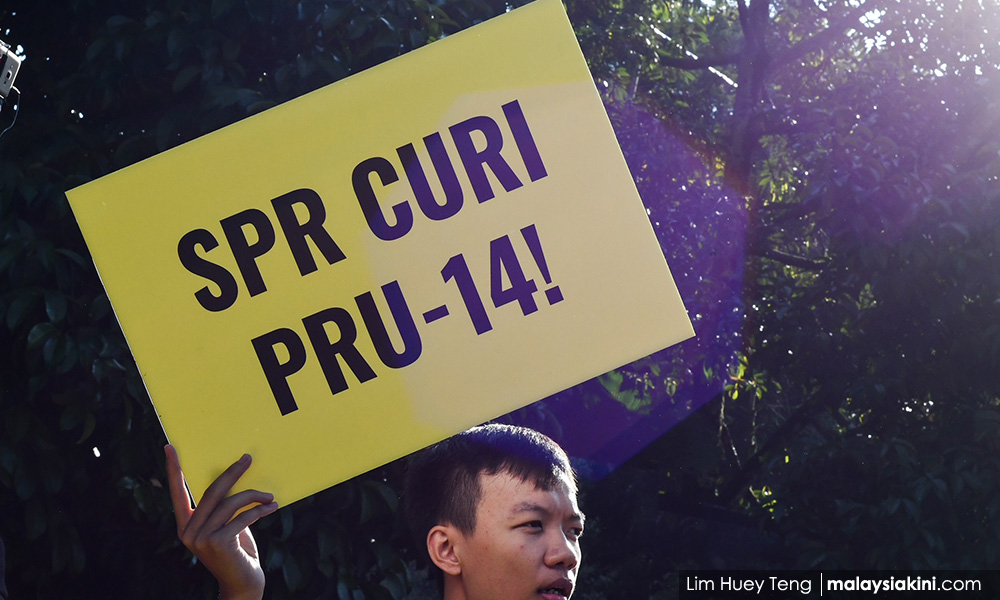
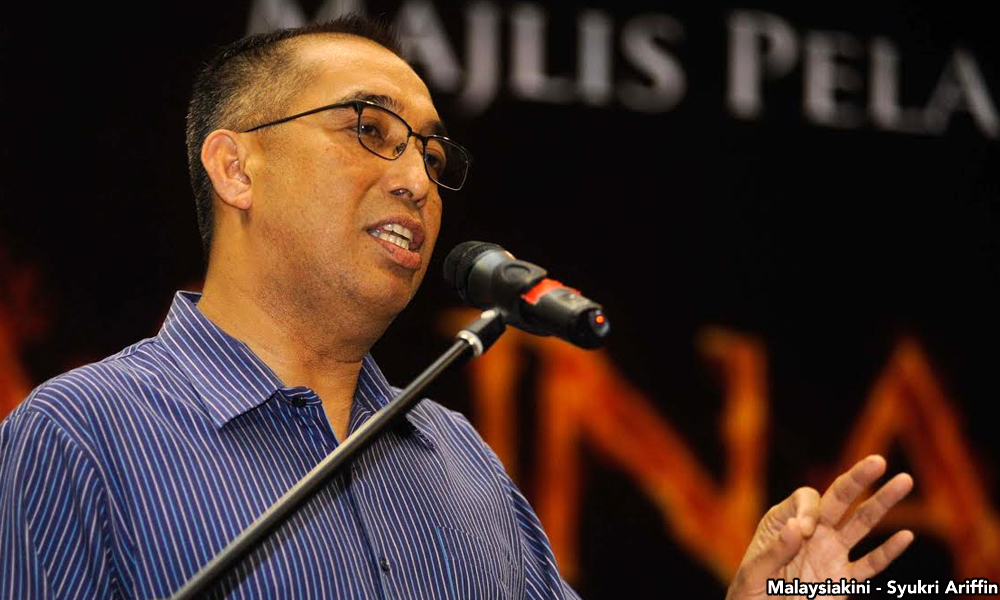
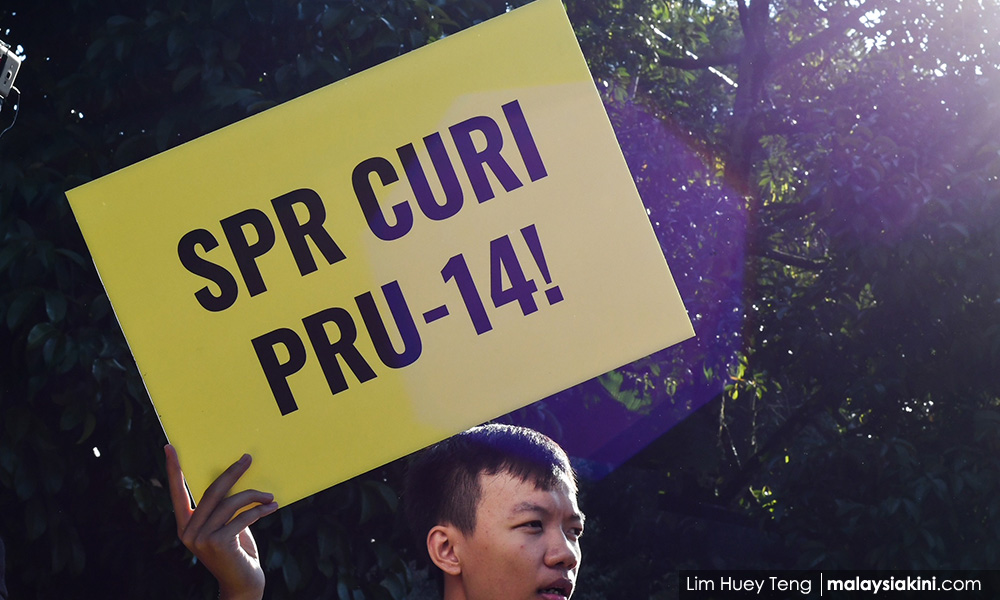

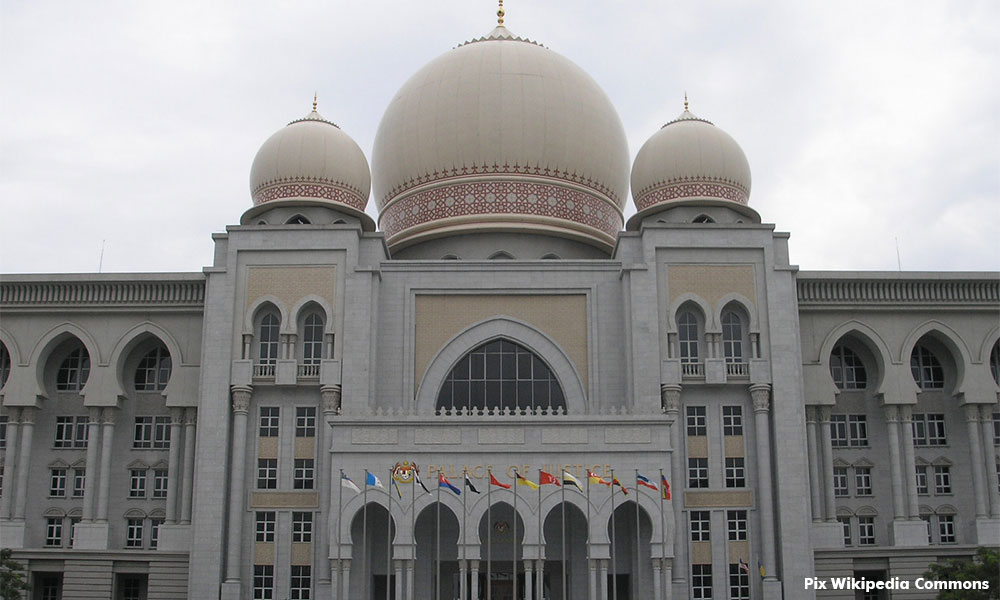

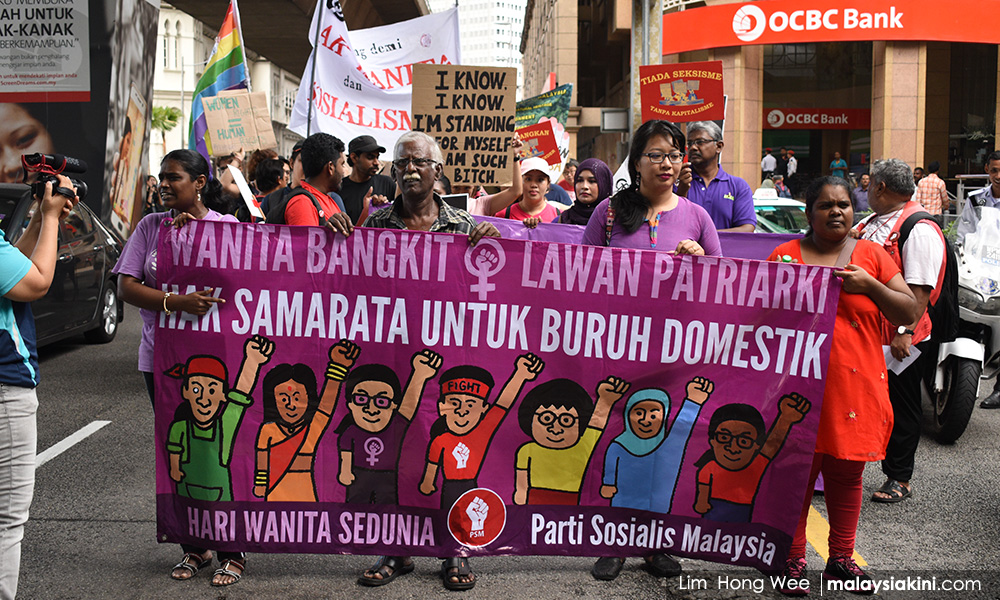


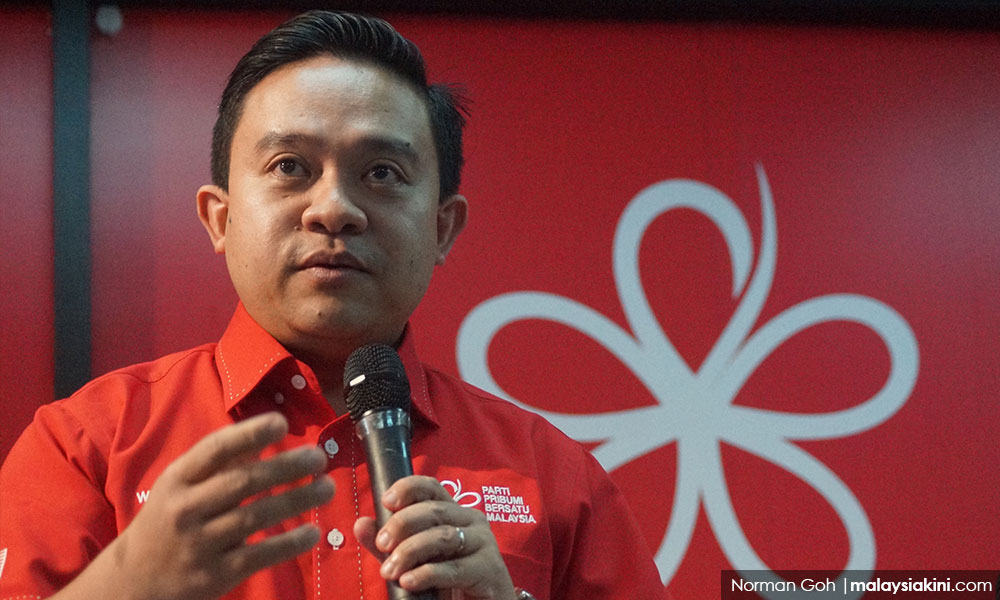
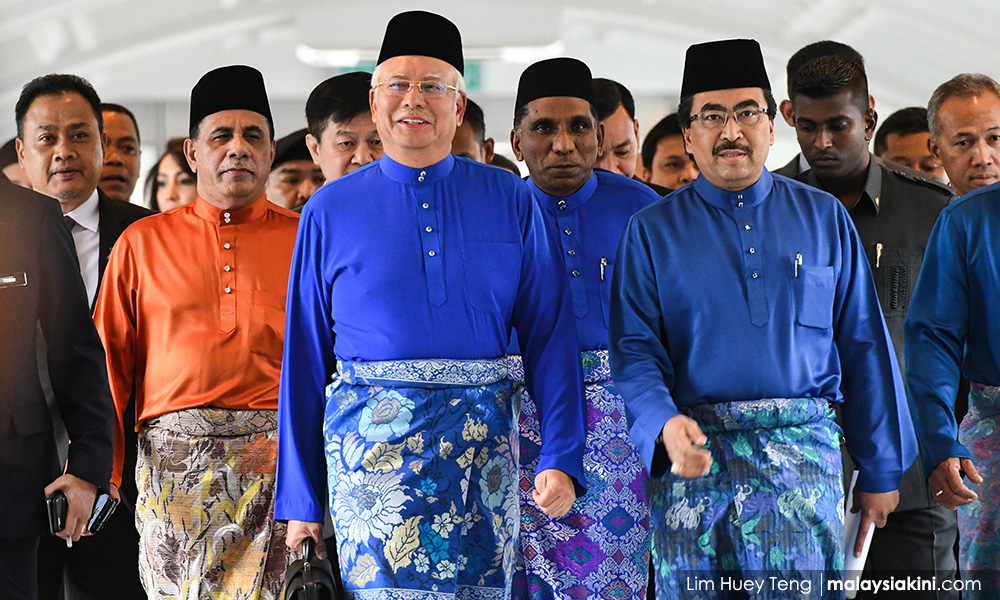
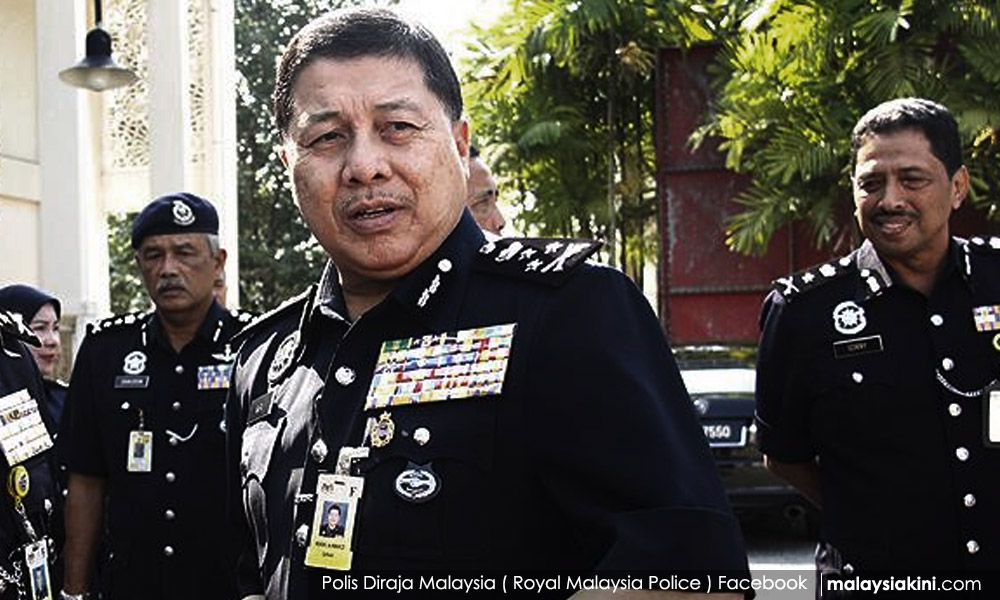


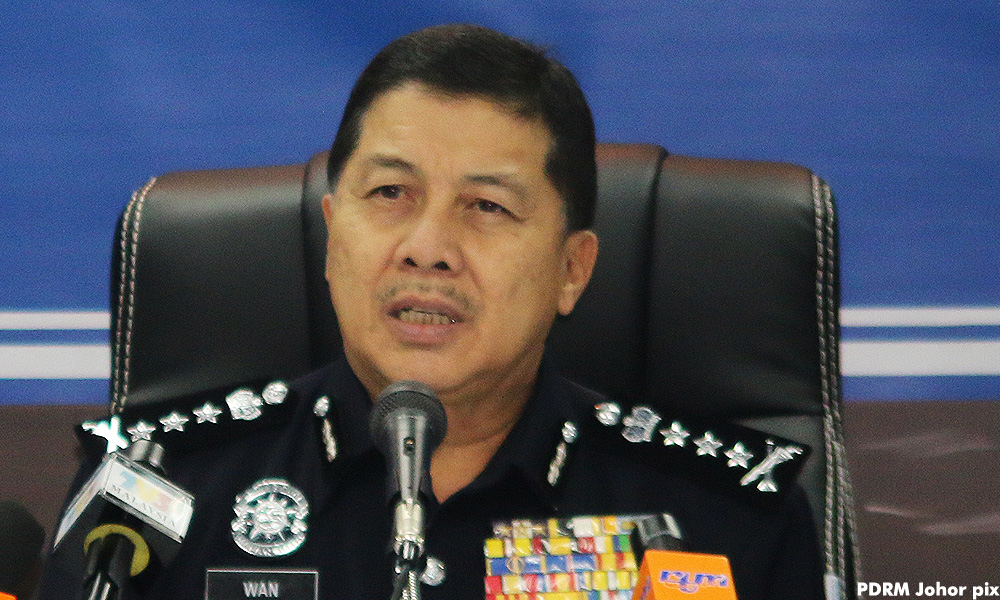
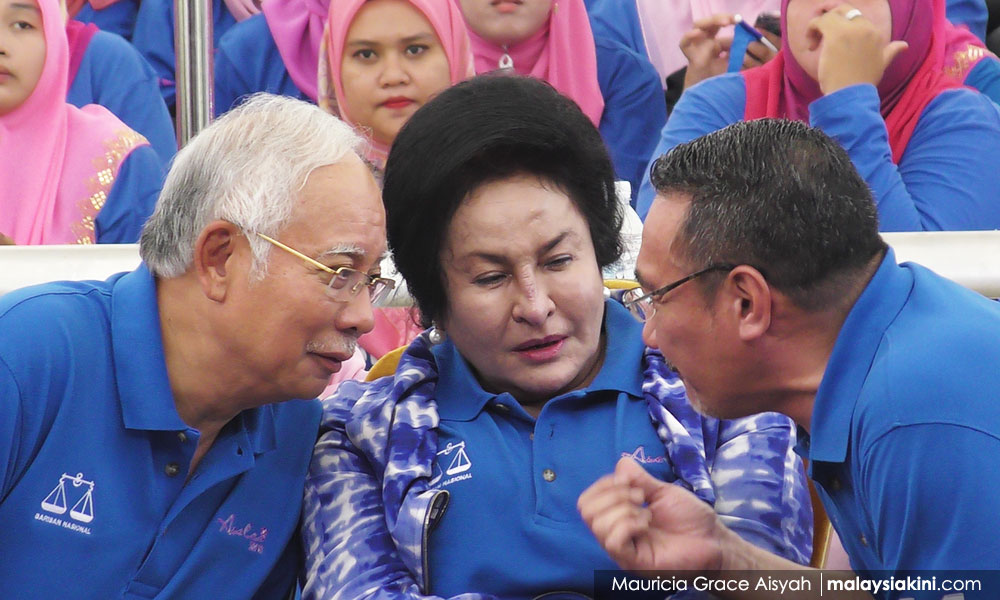
It is great to see younger generation like you know about history. Keep up your good work. The word ‘CANTAS’ used for this operation gives a wrong meaning. You ‘CANTAS’ a plant so that it will grow better. So what is the purpose of this operation? Put this a side, you are absolutely right . The second prime minister started it and it is being continued until today. Kindly refer to our PM’s latest announcement for Bumis. We are NOT against the government to give bumis but why are they completely neglecting the Indians? We can’t completely blame the Indian youth for this. Some of the the MIC leaders want the gangsterism to continue so that they can do anything they want.
There is also a large number of Malay gangsters. I admit the Indians are very much over represented. The political will for a better Malaysia should stem form the Malays – otherwise the country will rot to the root.
வணக்கம். செம்பருத்தி இதை தமிழில் மொழியாக்கம் செய்தால் நல்லது.
Thanks to Anusha Arumugam,well narrated and ought to be safe kept for our future generations as most of Malaysian Indian real history has been tampered by so called umno historians.
இந்திய இளைஞர்களின் இன்றைய இந்த இழிநிலைக்கு மூன்று முக்கிய காரணங்கள்;
1. பாரிசான் அரசாங்கம். (உயர்கல்வி, வேலைவாய்ப்பில் காட்டிய பாரபட்சம், நெறியில்லாத ஆரம்பக் கல்வி)
2. பாரிசானின் வெற்று வாக்குறுதிகலை நம்பி வெம்பிப்போன ம.இ.கா.(தவறான தலைமைத்துவம்)
3.உருப்படியில்லாத அக்கரைத் தமிழ்சினிமா
அனுஷா ஆறுமுகம் நீங்கள் சரியா தான் போயண்ட பிடிச்சீங்க …நம்ப சமுதாயத்த திட்ட மிட்டே அழிகிராணுங்க இது 30 வருசமா நடக்குதுங்க மகாதீரும் அன்வாரும் ஆரபிசானுங்க பிறகு அன்வருக்கு ,,,,,,,,, கேசுக்கு பிறகு அறிவு வந்தது. அனால் இன்னும் 2020 குள் நமக்கு நாமம் போட்டுட்டு வளந்த நாடா எப்படி அடைவானுக்க என்று தான் புரியல கொஞ்சம் விலாசுங்க்கோ ? உங்கள் கட்டுரை அருமை நன்றி .
One lead to another…the poverty among Indians which occur thanks to Malaysia government failure in taking an intelligent step to properly channel all Indians who was force to move out from estate. This lead to poverty,eg; no job,hard to find job,less paid job but extreme high working hours,race discrimination at all level both in government and private sector..hence some Indians start to involved in crime for survival.Out of blue sky,suddenly police come out with all the details and execute Ops Cantas.In a way,its a good move cause it give a wake up call to all the criminals.But now,the important agenda next is..the preventive action.And guess what,none even mention a single word of that.
இந்த பொண்ணு என்னதான் சொல்ல வருது ? அம்மா உனக்கு தமிழில் எழுத வராதோ ?
இந்த பொண்ணு நல்லாத்தான் சொல்ல வருது. தமிழர் நந்தா, என்ன உமக்கு ஆங்கிலம் வாராதோ!
குறிப்பு: மொழிப்பற்றுத் தேவைதான்! அதற்காக இப்படியா?
இளவேனிற் குமார் ! நீங்கள் ஆங்கில மேதையாக இருந்தால் ,மொழியாக்கம் செய்யலாமே ?
வெள்ளைக்காரன் தமிழ் எழுதி, பேசினால் நாம் வரவேற்கலாம் !
அறிவு பூர்வமான கட்டுரை . அனைத்தும் தமிழ் நாளிதல்களில் படித்து நமது மக்கள் பயன் பெற வேண்டும் .வாழ்த்துக்கள் அனுசா.
இளவேனிற் குமார் அவர்களே .அந்த பெண் எழுதியதை நானும் படித்தேன் நல்ல கருத்துக்கள். ஆனால் இங்கே கருத்து எழுதுபவர்களும் படிப்பவர்களும் அனைவருமே ஆங்கில புலமை பெற்றவர்கள் அல்ல ,அதை நீங்கள் புரிந்து கொள்ள வேண்டும்.தமிழர் நந்தா கேட்பது தமிழ் பற்று காரணம் அல்ல ,நல்ல கருத்துக்கள் அனைவரையும் சேர வேண்டும் என்பதே .இந்த கட்டுரையை தமிழில் மொழி பெயர்ப்பு செய்தால் நன்று .
ஒருகாலத்தில மலாய்க்காரன் மலாயமட்டும் நம்பி படிச்சிகடைசியிலெ சமுதாயத்டையே கெடுத்துக்கிட்டான்.. மாமாக் வந்தபிறகு தான் எல்லாரும் ஆங்கிலம் படியுங்கள்னு சொன்னான்..இப்போ அந்த இனம் எங்கேயோ இருக்கின்றது.. நாம ஒரு காலத்துல நல்லா ஆங்கிலம் பேசினோம்.. இப்போ நம்ம சமுதாயம் ஏன் இப்படி இருக்கு..
ஒருவன் உளறுகிறான் ,புரியாத மொழியை தமிழில் விளக்கம் கேட்டால் தாண்டி குதிக்கிறான் ! இவனுக்கு விளங்குச்சா இல்லையா ?
வேற்றுமொழிப் புலமையுள்ள நம் சகோதரிக்கு பாராட்டுக்கள். அவர் கூறிய கருத்துக்கள் நன்று. புரியவில்லை என்றால் புரிந்தவரிடம் கேட்டுத் தெரிந்து கொள்வதில் தவறில்லை. ஊக்குவிக்கும் வகையில் குறைநிறைகளை சுட்டிக்காட்டி எழுதியுள்ள தோழர்கள் James, Lord Le Bac Dass அவர்களையும் பாராட்டாமல் இருக்க முடியாது. தமிழாக்கம் செய்தால் நன்மை பயக்கும் என்று கூறிய அம்பர் Tenang தோழரின் முறையான வேண்டுகோள் செம்பருத்தி குழுவினர் பரிசீலனைக்கு எடுத்துக் கொள்வர் என நம்புகின்றோம். அதே வேளையில், பலர் சிந்தனை விரயம் கருத்திற் கொண்டு எழுதியவரின் எழுத்தாற்றலை சிறுமைப் படுத்துவதுபோல் தாங்கி வரும் கருத்துக்களை குழுமம் தவிர்த்து விடுவதில் தவறில்லை என நம்புகிறேன். நன்றி
நாம் ஒரு காலத்திலே நல்ல ஆங்கிலம் பேசினோம் ,அனால் கொஞ்சம் தமிழ் உணர்வு ,இப்போ உணர்வும் கிடையாது ஒரு வேங்கையமும் ,தமிழ் இனி மெல்ல சாகும் என்றார்களே ,இதில் எந்த சந்தேகமும் வேண்டாம் ,உதரனத்திற்க்கு இந்த மெட்ராஸ் டோல்லைகாட்சிகளை பாருங்கள் இது சத்யம் என்று விளங்கி விடும் ,
anonymousஅவர்களே ,நீங்கள் குறிப்பிடுவது போல், இங்கே எவரும் அந்த பெண்ணை சிறுமை படுத்தும் நோக்கத்தில் எழுதவில்லை என புரிந்து கொள்ள வேண்டும் .அவரின் கட்டுரையை தமிழில் மொழி பெயர்த்தால் ஆங்கில புலமை இல்லாத வாசகர்களுக்கும் நன்மையாக இருக்குமே என்பதுதான் அவர்களின் எதிர்பார்ப்பு .
நன்றி வெள்ளியூர் முருகன் அவர்களே ! நான் இதைதான் எதிர் பார்த்தேன் ! இவர்கள் என்னமோ அலட்டிக்கொள்கிறார்கள் !
அனுஷா ஆறுமுகம். உங்களுக்கு என் மனமார்ந்த நன்றி . வாழ்த்து. தங்களின் அர்த்தமுள்ள கருத்து தக்க சமயத்தில் வெளியிடப்பட்டுள்ளது. இப்போது நமது நிலை சரியாக இல்லை என்பதை எல்லோரும் அறிவர்.உண்மையை புலப்படுத்தியதற்கு உங்களை பாராட்டியாகவேண்டும். தொடருங்கள் உங்கள் பணியை.
நயன்இலன் என்பது சொல்லும்; பயன்இல
பாரித்(து) உரைக்கும் உரை! (193)
அரும்பயன் ஆயும் அறிவினார் சொல்லார்
பெரும்பயன் இல்லாத சொல்! (198)
வணக்கம், சொன்னது நல்ல விசியம் அதனால் என்ன மொழி இருந்த என்ன, குட் அனுஷா!
குமாரி அனுஷா, நல்ல பல உண்மைகளை புள்ளி விவரங்களுடன் தந்துள்ளீர்கள். ஆங்கில பத்திரிக்கைகளுக்கும் அனுப்புகிறேன்.